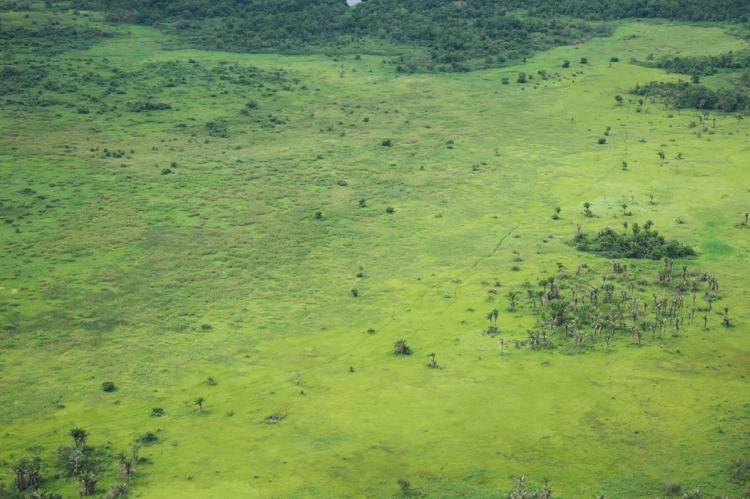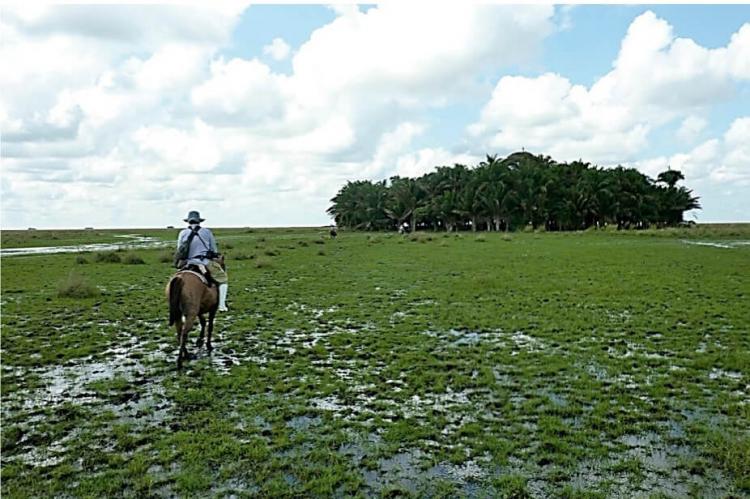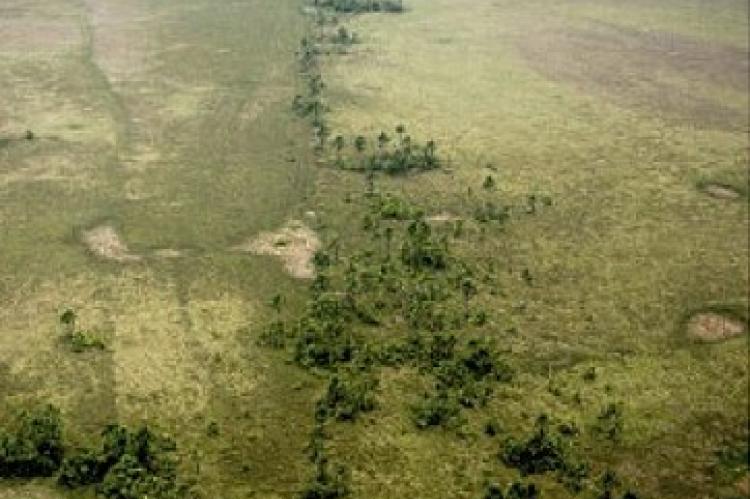Llanos de Moxos: Archaeological Region (Bolivia)
The Llanos de Moxos, an archaeological region located in the Beni Department of northern Bolivia, contains extensive remains of pre-Columbian agricultural societies that were spread throughout the tropical savanna complex. The remains testify to a well-organized and numerous indigenous people.
Llanos de Moxos
Archaeological Region
The Llanos de Moxos, nestled in the Beni Department of northern Bolivia, stands as a significant archaeological region, offering valuable insights into the intricate history of pre-Columbian agricultural societies thriving in the tropical savanna region. Encompassing an expansive 128,000 square kilometers (49,400 square miles), the area, also known as the Beni Savanna, ranks as the third-largest savanna complex in South America, boasting an exceptional density of archaeological sites within the Amazon basin.
This region, highlighted for its role in pre-Columbian agriculture, emerged as a vital center for early plant domestication. In the 1960s, petroleum company geologists and geographer William Denevan spotlighted extensive prehistoric earthworks, marking a pivotal moment in understanding the rich cultural history of the Llanos de Moxos.
A comprehensive study spearheaded by the University of Bern delves into the fascinating landscape engineering project initiated around 10,850 years ago. Inhabitants embarked on a visionary endeavor, creating 4,700 artificial 'forest islands' within the expansive, treeless, and seasonally flooded savannah, showcasing an impressive feat of ancient ingenuity.
The Llanos de Moxos is adorned with diverse earthworks, ranging from monumental mounds and raised agricultural fields to natural and constructed forest islands, canals, causeways, ring ditches, and fish weirs. Ingeniously utilizing natural lagoons formed by oxbow lakes and an intricate canal network interconnected with rivers like the Rio Mamoré, residents demonstrated advanced engineering skills. Similar earthworks have been identified along the Paraná, Paraguay, and Amazon rivers, underlining the interconnectedness of ancient civilizations across the continent.
Cultivation practices in the Llanos de Moxos showcase the adoption of staple crops like manioc, squash, and maize. The genetic proximity of domestic crops to their wild counterparts in the Llanos de Moxos suggests a local origin of domestication. Beyond agricultural prowess, the ancient inhabitants of the Llanos de Moxos engaged in diverse cultural practices, such as crafting intricately decorated pottery, weaving cotton cloth, and employing distinctive burial methods, including interring their dead in large urns.
The human presence in the Llanos de Moxos spans an impressive 10,000 years, resulting in a biocultural landscape shaped by the symbiotic interaction between the people and their natural environment. Construction efforts, from approximately 8850 BCE to 1450 CE, highlight the enduring legacy of human innovation within the heart of the Amazonian savanna, underscoring the profound impact of ancient civilizations on the region's landscape and cultural heritage.


